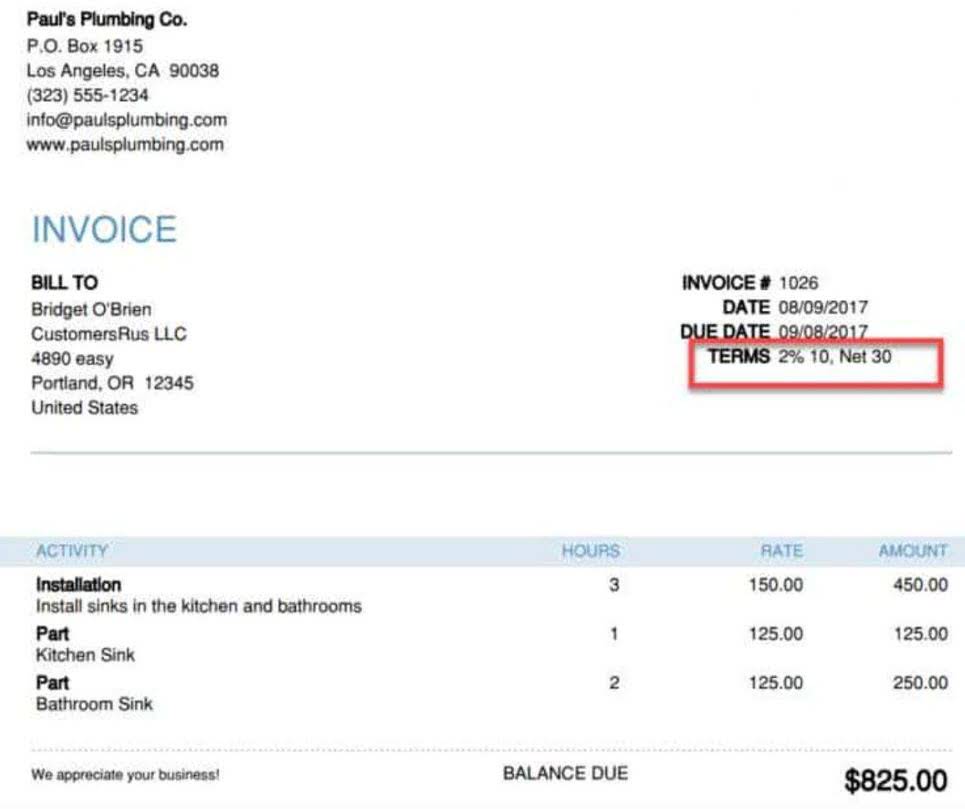
Authorized shares are defined as the maximum number of shares that a company is legally allowed to issue to investors, as established in its corporate organization documents, such as its articles of incorporation. Authorized shares are also referred to as authorized stock or authorized capital stock. Let’s say FoodZilla Ltd got approval from its board to issue 15,000 shares in the secondary market.

How To Find The Number Of Shares Outstanding
Of these, 6,000 shares are floating stock i.e. held with the general public. A company’s outstanding shares, the total shares held by shareholders excluding treasury stock, can fluctuate due to various factors. Notably, stock splits and reverse stock splits significantly influence the number of outstanding shares. Outstanding shares provide insights into a company’s size, ownership structure, and market capitalization. The number of outstanding shares affects several key financial metrics and ratios, including earnings per share (EPS) and price-to-earnings (P/E) ratio.
How to calculate outstanding shares
A recent example of a reverse stock split is General Electric’s (GE) 1-for-8 reverse stock split during the summer of 2021. A company’s number of outstanding shares is dynamic, changing over time. The reporting period usually parallels the date the company submits quarterly and annual reports. Since a company is lowering the number of shares outstanding when performing a share consolidation, the price of each share should rise in value. A publicly-traded company can directly influence how many shares it has outstanding. The number of shares outstanding of a company can be found in its quarterly or annual filings (10-Qs or 10-Ks).
EPS Calculations
For example, you can usually find the number of shares outstanding on investor relations webpages, which are only available for publicly listed companies or on stock exchanges. For example, the price-to-earnings (P/E) ratio calculates how much investors are paying for $1 of a company’s earnings by dividing the company’s share price by its EPS. Shares outstanding are used to determine a company’s market capitalization, i.e. the total value of a company’s equity, or equity formula for outstanding shares value. The term shares outstanding is defined as the total number of shares a company has issued to date, after subtracting the number of shares repurchased. Shares Outstanding represent all of the units of ownership issued by a company, excluding any shares repurchased by the issuer (i.e. treasury stock). The company must first have authorized shares that haven’t yet been issued or have a plan in place to increase the number of authorized shares if that’s not the case.
- The number of shares outstanding is equal to the total number of issued stocks minus the number of stocks held in the company’s treasury.
- These shares would then count as issued shares but not as outstanding shares.
- As a result, the company may initiate a repurchase program to buy back some of its stock.
- Our goal is to deliver the most understandable and comprehensive explanations of financial topics using simple writing complemented by helpful graphics and animation videos.
Outstanding Shares and Share Repurchase Programs
As an example, let’s say that a fictional business, the Helpful Fool Company, has authorized 5,000 shares. Treasury stock consists of shares that the company has acquired in a buyback. These shares are held in the corporation’s “treasury” rather than in circulation and are therefore excluded from the number of outstanding shares. Public companies are required to report their number of shares outstanding in their quarterly and annual disclosures to the Securities & Exchange Commission.
Which of these is most important for your financial advisor to have?

Therefore, if a company owns any diluting securities, that would indicate a potential increase in the number of shares outstanding in the future. Changes in shares outstanding over time also reveal how valuable shares are as a stake of ownership in the company, as the number of shares available directly affects this. Companies can also undergo a reverse stock split or share consolidation. Many companies decide to do a stock split to make their stock more affordable for a broader range of investors and to improve liquidity. The float is the portion of outstanding shares that’s most relevant for smaller investors. The first of these, unrestricted shares, is also known as “the float.” These are the shares that can be actively traded on the open market.
The common stock outstanding of a company is simply all of the shares that investors and company insiders own. This figure is important because it translates a company’s overall performance into per-share metrics, making an analysis much easier regarding a stock’s market price at a given time. If there are 100 shares outstanding and you buy one, you own 1% of the company’s equity. A company’s number of issued shares includes any shares the company has bought back and now holds in its treasury. The term “float” refers to the number of shares available to be traded by the public and excludes any shares held by company executives or the company’s treasury.


- As discussed, floating stock is the total number of shares available for public investors to buy and sell.
- Authorized shares are shares of stock that can be issued by companies to investors.
- This “issued” stock can be less than the total authorized, but it can never be more.
- Issued shares include the stock a company sells publicly to generate capital and the stock given to insiders as part of their compensation packages.
- If that event occurs on, say, December 15th of the year, it can distort the company’s apparent number of shares outstanding for the year.
- Recognizing that a company’s number of shares outstanding can change is also useful.

